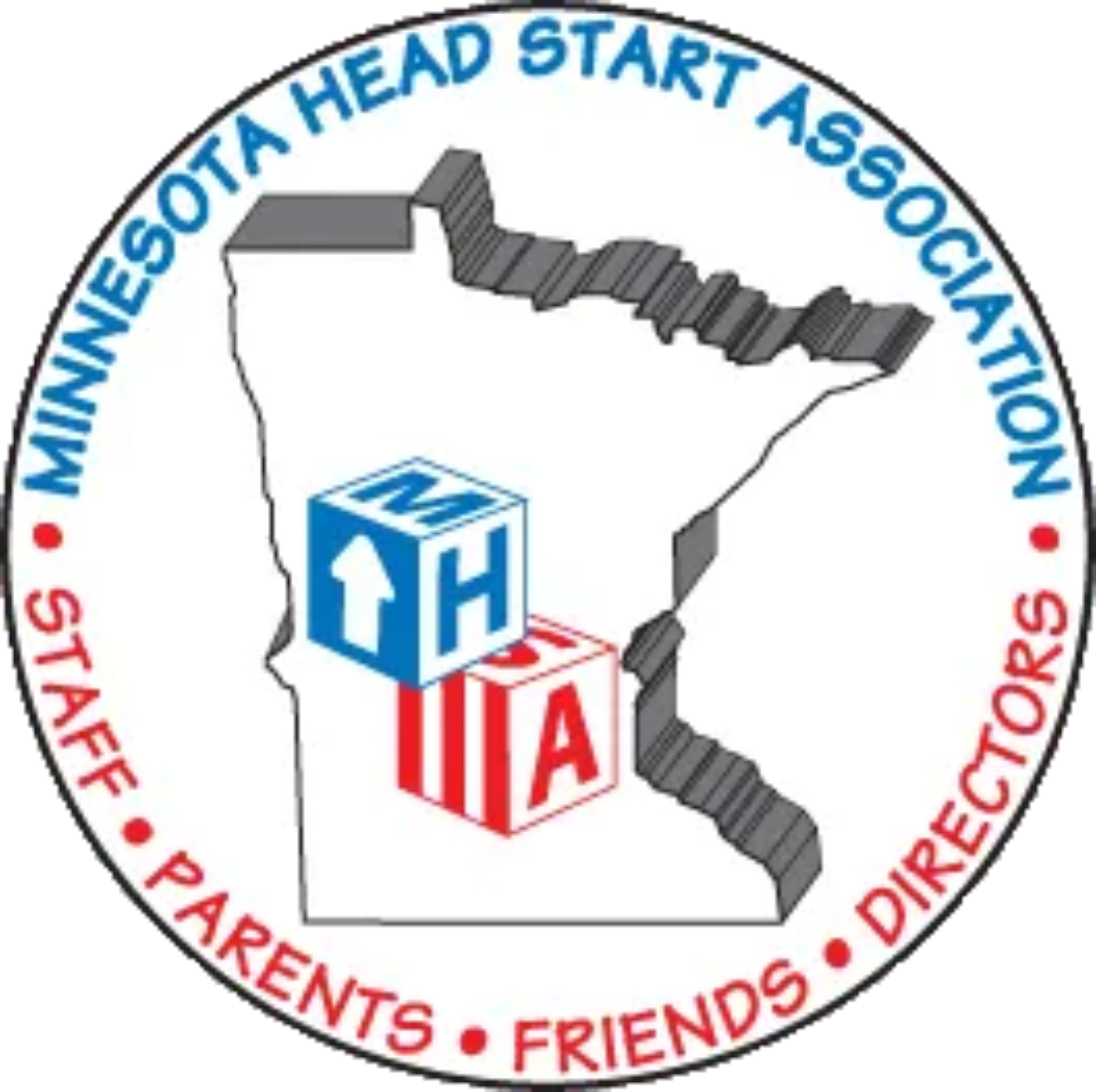May 9, 2019 | Vol. 6 No. 11
Part two of a three-part column
In the previous column [April 25 issue] I referenced Community Action’s most recent triennial Community Needs Assessment (CNA), which yielded six major findings plus one central theme. That theme, cited again and again by members of our community, is that “At the root of poverty is systematic oppression and a lack of equity along racial lines.”
As was noted last time, this should not be news to anyone. Still, it must be something that is repeated again and again. Systemic oppression, institutional racism, and other biased policies and practices (both old and new) continue to wreak havoc in the arenas of housing, employment, education, transportation, health and criminal justice.
Here, in this second installment of a three-part series, I will provide some background on three of the six major findings from our CNA. The other three will be highlighted to weeks from now in the third and final column in this series.
Finding #1: Housing is a significant need in the community, yet low-income people struggle to find housing that is affordable.
An alarming number of people living in the Twin Cities east metro are classified as cost-burdened, which means they pay more than 30 percent of their total household income toward housing. In fact, in Ramsey County alone approximately one-third of all residents meet this criteria, ranking Ramsey 86th out of 87 Minnesota counties in terms of its percentage of cost-burdened households (where the ranking runs from the least- to the most-burdened counties).
Moreover, 40 percent of Minnesota’s populations of color are cost-burdened, which is roughly double that of the state’s White population.
Those who participated in our CNA frequently spoke of “not having enough money left over to pay for even the most basic needs.” Issues around the quality of housing were also mentioned, as many families struggled to remain safe and warm during the brutal Minnesota winters. One of the biggest housing issues alluded to were barriers set up by landlords, many of whom increasingly refuse to accept housing vouchers or other forms of public assistance.
And finally, the entire Twin Cities metro continues to lose more affordable housing units than it is building. As more and more new housing developments, luxury condominiums, and commercial properties dot the landscape, it is low-income people who bear the brunt.
For example, in Frogtown so many people have been priced out of their own neighborhoods that they have been forced to double up with other families or move into dilapidated motels.
Finding #2: Low-income community members face barriers to employment and need higher paying jobs.
In spite of record-low unemployment rates, job disparities continue to persist. Most of the new jobs that have been created in the past few years are part-time and/or low-wage positions, generally without benefits of any kind.
Participants in our CNA also explained that once they find work, they are unable to afford child care, transportation and other expenses, while others experience what is known as the “cliff effect.” This is when someone earns just enough income where they lose benefits such as SNAP or MFIP, but not enough to secure basic necessities without this support.
Those who remain unemployed or are “trapped” in low-wage jobs also reference racial bias and the lack of equitable hiring practices among local employers. Tools such as credit checks often become barriers to employment, which raises the question, “If one cannot find adequate employment and benefits, how can one even begin to build or repair credit, much less chart a course toward financial stability?”
On the subject of financial stability, the fact remains that there are not enough living-wage jobs out there. Also, the Twin Cities, notwithstanding its general prosperity, continues to maintain one of the largest employment gaps between Whites and people of color in the entire nation.
There must be measurable increases in employment training opportunities in fields that pay living wages, such as information technology, health care, transportation, construction, and other skilled trades.
Finding #3: Low-income people want more educational opportunities but need support to access them.
Minnesota in general, and the Twin Cities in particular, continue to boast some of the highest educational outcomes, including elementary reading and math scores, high school graduation rates, and those with college degrees. Still, there is rampant inequity in these numbers along racial and economic lines.
According to low-income parents who took part in our CNA, it is increasingly difficult to access affordable early childhood education and other support services to prepare their children for kindergarten. Parents of school-aged children cite the dearth of viable afterschool and summer enrichment programs that would further foster educational development.
Low-income adults in our community also seek opportunities to further their education. However, many of them have stated that the costs of post-secondary education or specialized training programs are a constant barrier. For those with children seeking post-secondary opportunities, arranging child care and transportation often present significant impediments as well.
With few exceptions, the information presented in these findings is not from academic studies, journalistic investigations, or public records, but comes directly from low-income citizens themselves. In the war on poverty, it is vital to heed their voices, recognize the obstacles they face, understand how institutions have created and perpetuated these obstacles, and work to help dismantle systemic oppression along with race and class biases.
Next time, I will present the final three major findings from the CNA, which center on the matters of transportation, health and nutrition, and the criminal justice system.









